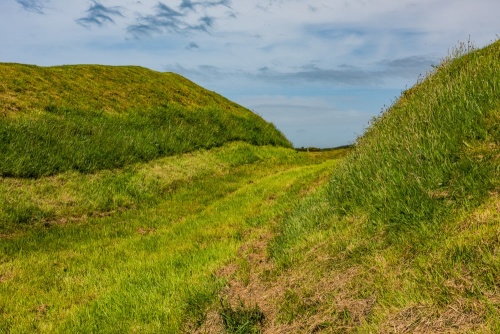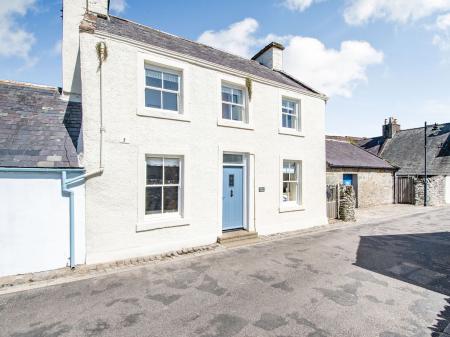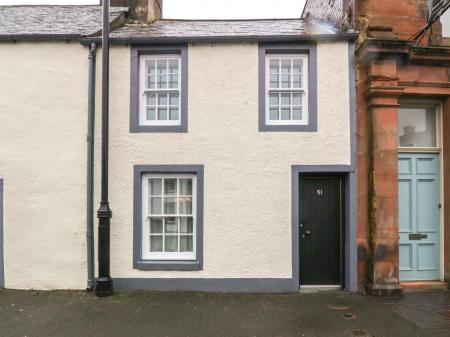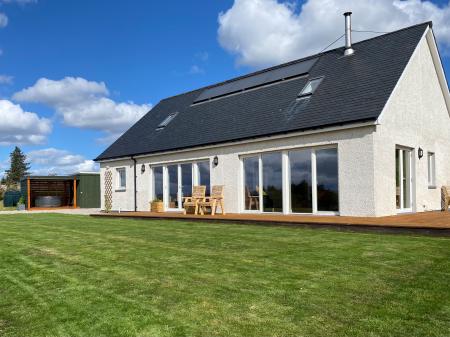
Later carbon dating disproved this hypothesis, and Rispain is now considered to be a late Iron Age farming settlement.
Excavations on the site have unearthed animal and human remains, and the prize find, a Bronze Age axe, which is now in the Hunterian Museum in Glasgow.

Rispain Camp is rectangular, measuring about 223' x 170' on the interior, set within double banks and ditches. The biggest ditch is 25' wide at the top and 15-17' deep. The secondary ditch is now very difficult to trace on the ground, but it was much smaller at only 5' wide and 3' deep. The banks were originally up to three times their current height.
There was apparently a timber gateway in the north-east, linked to a palisade by a causeway over the ditch. Within the enclosure were several timber roundhouses, and what may have been a stone-lined cistern.
Rispain's inhabitants made a living by growing wheat and barley, hunting deer, and keeping cattle, sheep, and pigs.

Our Visit
To say that I was impressed with Rispain Camp is an understatement; the site is huge! The sheer width and depth of the banks and ditch is staggering. It must have taken an extraordinary amount of work to create the settlement.

Getting There
Rispain Camp is signposted on the A746 one mile west of Whithorn. Follow the paved drive to Rispain Farm and park in the stone-walled parking area at the end of the drive. From there, follow the signs up a farm track and you will see the camp to your left, at the top of a low rise. There is an information panel inside the fence with an artist's impression of what the camp would have looked like.
 We've 'tagged' this attraction information to help you find related historic attractions and learn more about major time periods mentioned.
We've 'tagged' this attraction information to help you find related historic attractions and learn more about major time periods mentioned.




